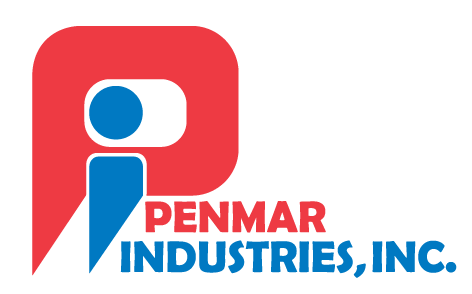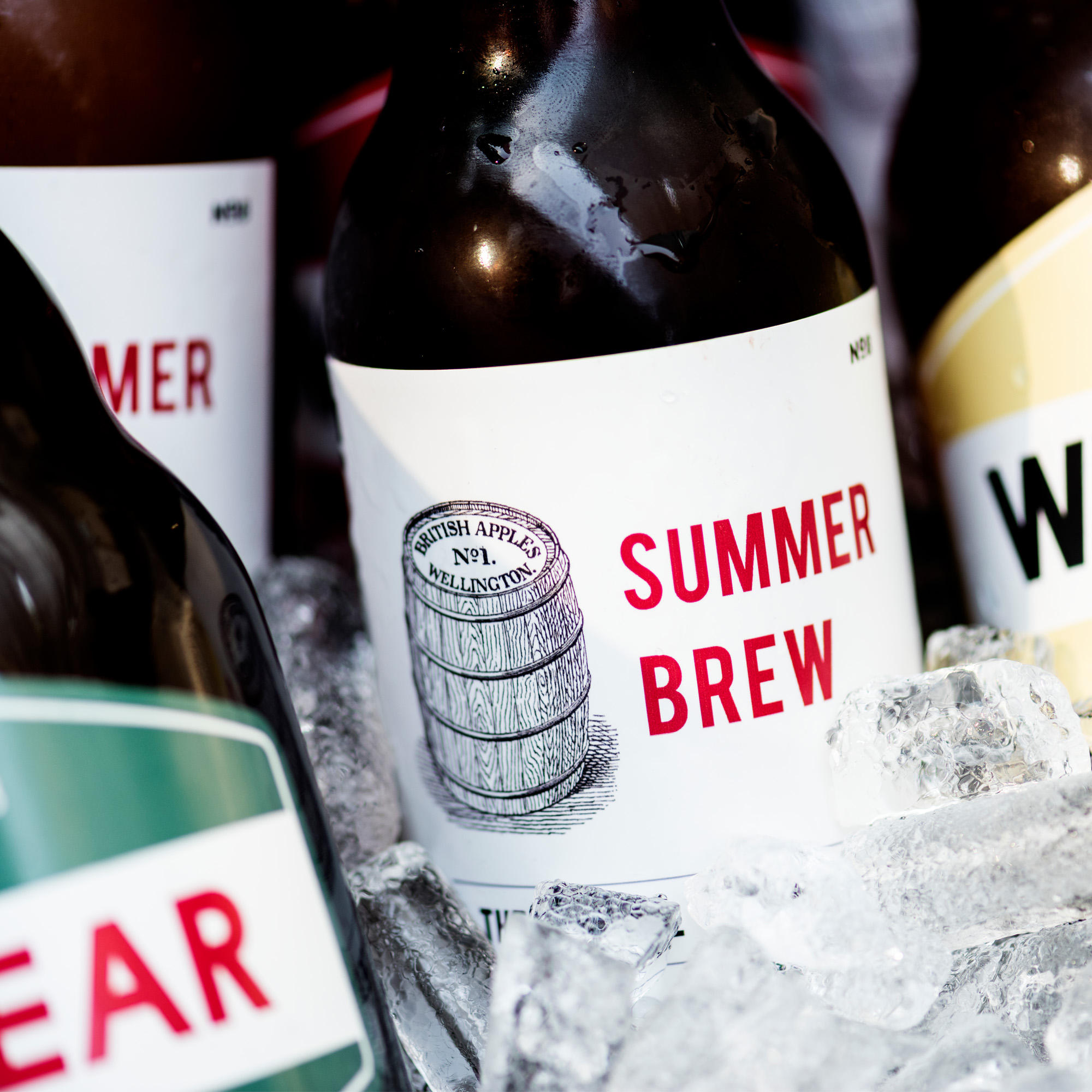When designing custom labels for products, there is no one-size-fits-all format that will ensure the products catch a consumer’s eye. However, there are several design elements to consider that make a label more compelling and appealing, both in the in-store and online markets. Some of the design considerations to keep in mind are:
Material
The first step in designing a label is choosing a material. The material selected sets a tone and limitations for all other design elements. For example, an opaque white material offers considerable design freedom as it can be colored over or left as is for the graphics and texts, while a clear material highlights a product’s internal contents.
Color
The choice of color can draw attention to a product, increasing the likelihood of a consumer picking it up. Additionally, label colors that contrast with those of competing products make it easy for consumers to distinguish a product on a retail shelf or web page.
When choosing a color, it’s important to consider the overall package. The colors of the label should work with the colors of the packaging and the product contents. Otherwise, the product as a whole may be less visually attractive.
Graphics
Similar to color, graphics affect the overall effectiveness of a label. Graphics that are visually appealing attract more consumer attention. Additionally, if well-designed, they can reduce the amount of text required to convey the necessary product and brand information, resulting in a more streamlined and polished label design.
Font
The font chosen for a label is critical. It must draw attention from consumers without sacrificing readability. When selecting one, you should avoid both overly common fonts and overly decorative fonts. You may also choose to invest in a custom font that fits your brand’s aesthetic taste.
Finish
The finish of a label largely depends on your company’s taste and the effect you want to achieve. Both glossy and matte finishes offer their own advantages; the reflective and shiny look of a glossy finish adds impact, while the subdued look of a matte finish makes for a simpler and more classic look.
Size
The size of a product label should correspond with other aspects of the product’s packaging, including the size and shape of the packaging container. For example, for large round containers, you may use either one wraparound label or individual smaller labels for the front and back sides. Regardless of which option you choose, it is important to keep the branding information centered in the front as it is what draws consumer attention to your product.
Shape
In addition to color, graphics, and text font, consumers take notice of a label’s shape. Unusually and interestingly shaped labels are more recognizable and memorable. Alternatively, you can use color to mimic the effect of a custom shaped label by printing the shape on clear material.
Theme
Product lines with multiple variations—e.g., different flavors—should have labels with consistent design themes. While each label should clearly identify the variation, it should be easy for the consumer to recognize all variations as belonging to the same line.
Contact Information
Labels are multi-functional. In addition to attracting attention from consumers, they serve as a method of putting your brand out there. You should capitalize on the advertising space provided by product labels by adding contact information—such as a phone number or website—that allows consumers to interact with you directly if desired.

